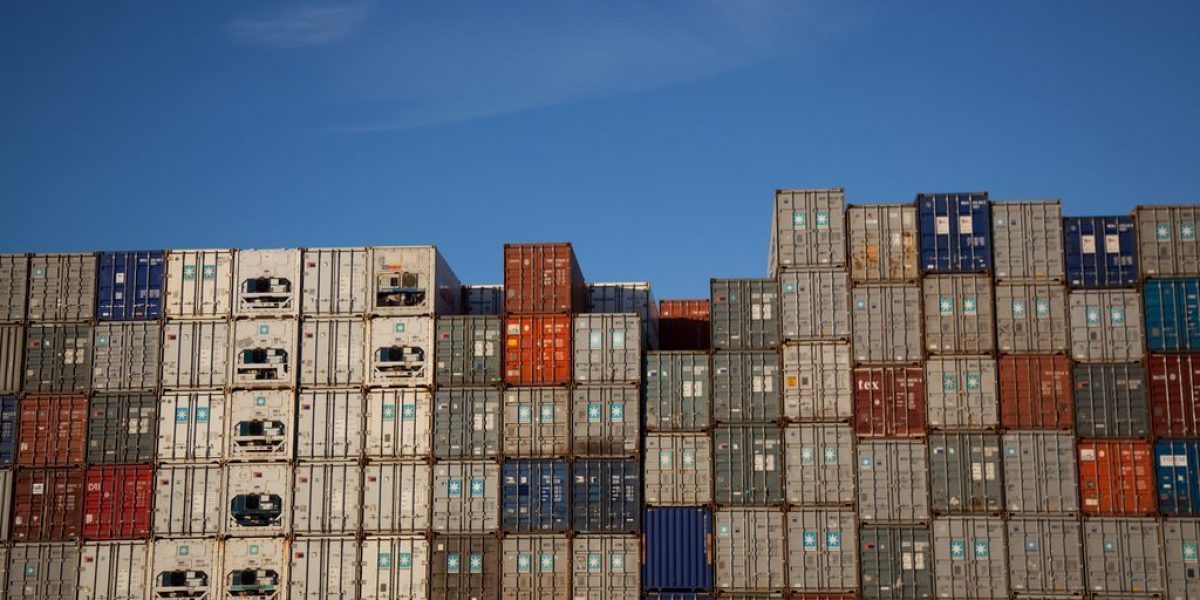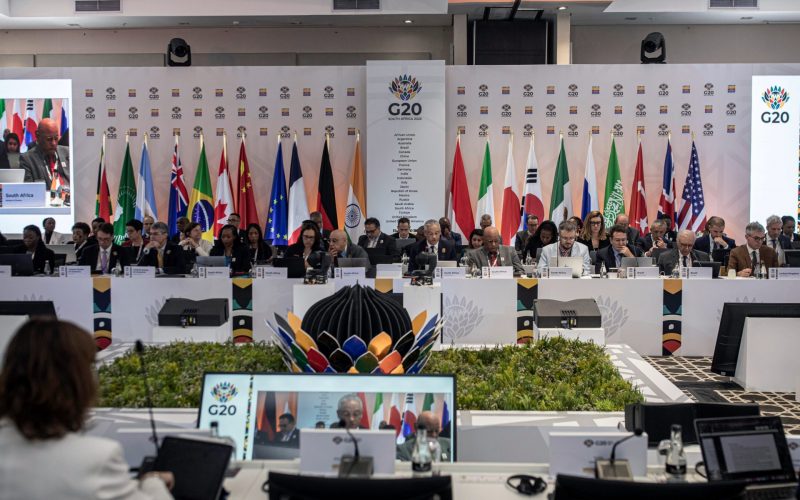With around 80 percent of the US$14 trillion in world trade financed by open accounts and 20 percent by way of documentary credits, such as letters of credit (LCs), trade finance is critical to sustaining global trade. Its availability, particularly in developing and least-developed countries, plays a crucial role in facilitating international trade. Exporters with limited access to working capital often require financing to process or manufacture products before receiving payments. Conversely, importers often need credit to buy raw materials, goods and equipment from overseas.
But trade finance has now become vulnerable in times of credit crunch as financial institutions fail to meet its ever-growing demand. This was evident in Indonesia where exports and imports were affected to a point of stoppage for several weeks during the Asian financial crises. In the context of the current sub-prime mortgage crisis, the World Trade Organisation’s Director General, Pascal Lamy, estimated the global short term trade finance liquidity gap at $25 billion in 2008 alone.
In the current crisis excess demand is already reflected in higher banking costs to confirm LCs and other trade loans. According to Mr Lamy, bank benchmark rates for transactions have exponentially increased from 80 to 500 basis points in 2008. Elsewhere it has been reported that the price of storage space for dry commodities on large ships has declined by 94 percent as it becomes challenging to access trade finance. Also shipping costs have plummeted as shipping companies have slashed their freight rates to attract business. Air cargo traffic has also registered its worst decline since the technology bubble burst in 2001.
Risk aversion and the endeavour to limit losses – rather than market fundamentals – are the main determinants behind the withdrawal of capital and the cut in credit lines. Banks – in particular international banks – become unwilling to allocate capital to trade financing and are very cautious about the possibility of defaults by other banks that write LCs or by the importers and exporters themselves. Furthermore, shareholders mount considerable pressure on bank and portfolio managers to channel resources into other areas that might have a big payoff. Many bank and portfolio managers make little difference between trade finance and other forms of short, medium and long term credit when reducing country exposure, and hence lines of credit to the countries hit by crisis. The concern of a majority of international banks has been to limit the overall exposure, rather than to maintain a selective presence on the basis of true risk profiles of their clients. Thus, even the provision of trade finance stopped.
The World Bank rightly points out that as the world economy slows down, global trade decreases due to less demand, but also because trade finance is more expensive and tougher to get. The World Bank has estimated that global trade will decelerate in 2009 for the first time since 1982. South Africa (SA) is no different; its total exports and imports have been showing a drastic decrease on average from November 2008 until recently. The trade conditions survey of the SA Chamber of Commerce and Industry also show that the trade expectations for the next six months in 2009 are at the lowest ever.
The challenge for the international community at the present moment is to look at how to facilitate the supply of trade credits. As a result central banks and governments have begun to intervene to bring trade financing back to life. For instance, Brazil’s government announced that it would auction US$2 billion of its foreign reserves to increase credit lines for exporters who have been cut from trade finance. Other major emerging markets with short term debt also predominantly in the form of trade credits and guarantees (e.g., India, Indonesia, Korea, and Russia) are reportedly looking at similar ways to extend official credit lines to banks to pay their trade debts. Furthermore, the World Bank’s International Financial Corporation, in December 2008 tripled its trade finance guarantee ceiling to $3-billion under its trade finance facilitation programme.
SA’s recent banks’ annual reports indicate that the financial companies have largely managed to strengthen their capital positions during the crisis. However access to capital, in particular, trade finance and its cost is reportedly high. Given the high import content of SA’s exports (especially in the manufacturing sector), the country’s export growth could be seriously affected by the difficulty of financing inputs, components and other capital equipment used in its export sectors.
While not the main cause of the slowdown in SA’s and global trade, if trade finance is not tackled, countries run the risk of further exacerbating this downward spiral. The less willing banks are to provide access to trade finance, the more manufacturing output decreases and the less the country exports.






